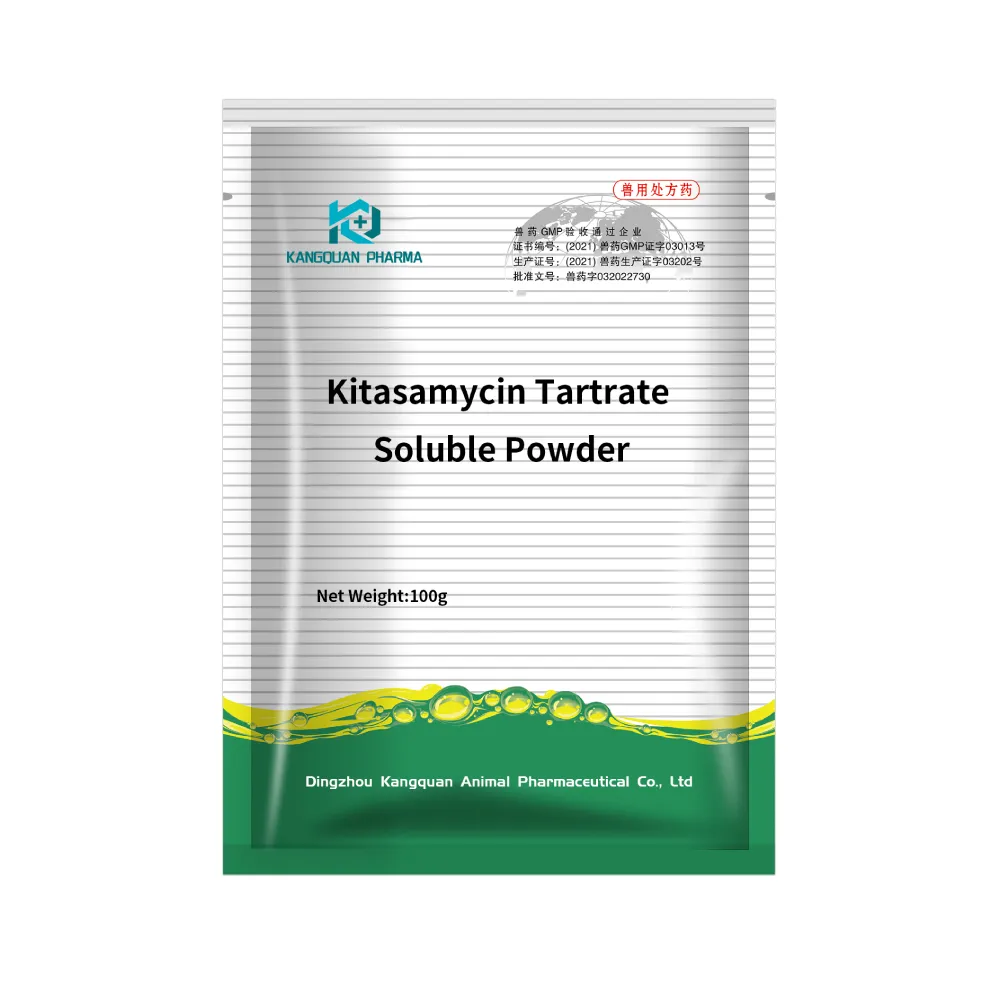- Afrikaans
- Albanian
- Amharic
- Arabic
- Armenian
- Azerbaijani
- Basque
- Belarusian
- Bengali
- Bosnian
- Bulgarian
- Catalan
- Cebuano
- Corsican
- Croatian
- Czech
- Danish
- Dutch
- English
- Esperanto
- Estonian
- Finnish
- French
- Frisian
- Galician
- Georgian
- German
- Greek
- Gujarati
- Haitian Creole
- hausa
- hawaiian
- Hebrew
- Hindi
- Miao
- Hungarian
- Icelandic
- igbo
- Indonesian
- irish
- Italian
- Japanese
- Javanese
- Kannada
- kazakh
- Khmer
- Rwandese
- Korean
- Kurdish
- Kyrgyz
- Lao
- Latin
- Latvian
- Lithuanian
- Luxembourgish
- Macedonian
- Malgashi
- Malay
- Malayalam
- Maltese
- Maori
- Marathi
- Mongolian
- Myanmar
- Nepali
- Norwegian
- Norwegian
- Occitan
- Pashto
- Persian
- Polish
- Portuguese
- Punjabi
- Romanian
- Russian
- Samoan
- Scottish Gaelic
- Serbian
- Sesotho
- Shona
- Sindhi
- Sinhala
- Slovak
- Slovenian
- Somali
- Spanish
- Sundanese
- Swahili
- Swedish
- Tagalog
- Tajik
- Tamil
- Tatar
- Telugu
- Thai
- Turkish
- Turkmen
- Ukrainian
- Urdu
- Uighur
- Uzbek
- Vietnamese
- Welsh
- Bantu
- Yiddish
- Yoruba
- Zulu
10 月 . 06, 2024 08:09 Back to list
oxytetracycline long acting injection
Oxytetracycline Long-Acting Injection A Comprehensive Overview
Oxytetracycline, a member of the tetracycline antibiotic family, has been widely utilized in veterinary medicine for its broad-spectrum antimicrobial activity. Among its various formulations, the long-acting injection of oxytetracycline has garnered significant attention due to its extended efficacy and convenience in treating bacterial infections in animals.
Mechanism of Action
Oxytetracycline works by inhibiting protein synthesis in bacteria. It achieves this by binding to the 30S ribosomal subunit, preventing the attachment of aminoacyl-tRNA to the mRNA-ribosome complex. This interference slows down or completely halts bacterial growth, allowing the animal's immune system to eliminate the infection. With its ability to combat both Gram-positive and Gram-negative bacteria, as well as some anaerobic organisms, oxytetracycline is versatile in managing various infections.
Uses in Veterinary Medicine
The long-acting formulation of oxytetracycline is particularly advantageous in veterinary practice. It is commonly used to treat respiratory infections, skin infections, and specific bacterial diseases in livestock and pets. Conditions like shipping fever in cattle, leptospirosis, and certain types of pneumonia are often treated with this antibiotic to ensure that animals recover quickly and effectively.
One notable advantage of the long-acting injection is its prolonged release mechanism. Unlike traditional formulations that require frequent dosing, the long-acting injection maintains therapeutic levels of the antibiotic in the bloodstream for several days or even weeks. This significantly reduces the need for repeated handling of animals, minimizing stress and the risk of hazards associated with frequent injections.
oxytetracycline long acting injection

Administration and Dosage
The administration of oxytetracycline long-acting injection is straightforward. It is generally administered intramuscularly, providing quick absorption into the systemic circulation. Dosage may vary based on the specific animal species, weight, and the severity of the infection. Typically, veterinarians will determine the appropriate dosage and frequency based on the clinical scenario and the animal’s response to treatment.
Safety and Side Effects
While oxytetracycline is generally safe for use in animals, precautions must be taken to avoid potential side effects. Common side effects may include gastrointestinal disturbances, such as diarrhea or nausea, particularly if the animal has an underlying sensitivity. Additionally, excessive use can lead to bacterial resistance, which is a growing concern in the field of veterinary medicine.
Care should be taken to avoid administering oxytetracycline to young or pregnant animals due to its potential effects on developing teeth and bones. In rare cases, an allergic reaction may occur, underscoring the importance of monitoring the animal closely during and after administration.
Conclusion
The oxytetracycline long-acting injection represents a significant advancement in veterinary medicine, providing a reliable and effective means to control bacterial infections. Its extended duration of action not only enhances treatment efficacy but also improves convenience for animal handlers. As with any antibiotic, responsible use is crucial to minimize the development of resistance and to ensure the continued effectiveness of this valuable therapeutic agent. Veterinarians play a pivotal role in monitoring its use and educating animal owners on the importance of following prescribed treatment regimens. As research and practices in veterinary medicine continue to evolve, oxytetracycline remains a cornerstone in the fight against bacterial infections in animals, ensuring better health outcomes for livestock and companion animals alike.
-
The Power of Radix Isatidis Extract for Your Health and Wellness
NewsOct.29,2024
-
Neomycin Sulfate Soluble Powder: A Versatile Solution for Pet Health
NewsOct.29,2024
-
Lincomycin Hydrochloride Soluble Powder – The Essential Solution
NewsOct.29,2024
-
Garamycin Gentamicin Sulfate for Effective Infection Control
NewsOct.29,2024
-
Doxycycline Hyclate Soluble Powder: Your Antibiotic Needs
NewsOct.29,2024
-
Tilmicosin Premix: The Ultimate Solution for Poultry Health
NewsOct.29,2024













